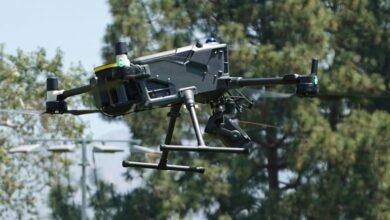Suspicious Communication Defense Intelligence Monitoring Unit 3453003715 3478157953 3511744220 3423277406 3509194849 3533317341

The Suspicious Communication Defense Intelligence Monitoring Unit (SCDIMU) plays a pivotal role in national security by scrutinizing potentially harmful communications. Through sophisticated techniques, it identifies alarming patterns that threaten public safety. However, the balance between security measures and privacy rights remains a contentious issue. As digital communication evolves, SCDIMU faces new challenges. Understanding these dynamics may reveal critical insights into the future of intelligence monitoring and its implications for civil liberties.
Overview of the Suspicious Communication Defense Intelligence Monitoring Unit
The Suspicious Communication Defense Intelligence Monitoring Unit (SCDIMU) operates as a specialized entity within national security frameworks, tasked with identifying and analyzing communications that may pose a threat to public safety or national interests.
Through rigorous intelligence assessment and adherence to established communication protocols, SCDIMU ensures that potential risks are evaluated effectively, balancing security needs with the pursuit of individual freedoms and civil liberties.
Operational Strategies and Techniques
Operational strategies employed by the Suspicious Communication Defense Intelligence Monitoring Unit involve a multifaceted approach to intelligence gathering and analysis.
Key techniques include advanced data encryption to secure communications and robust threat assessment methodologies to identify potential risks.
Challenges in Digital Communication Surveillance
Intelligence units face significant hurdles in the realm of digital communication surveillance, particularly as technology evolves at an unprecedented pace.
Privacy concerns arise as citizens demand greater control over their personal data, complicating surveillance efforts.
Furthermore, technological advancements enable individuals to employ encryption and anonymization techniques, creating additional barriers for intelligence agencies striving to balance security needs with respect for personal freedoms.
Future Directions for Intelligence Monitoring
As technology continues to evolve, the future of intelligence monitoring will likely be shaped by the integration of advanced analytical tools and artificial intelligence.
Predictive analytics will enhance threat assessment capabilities, enabling more proactive identification of potential risks.
This evolution could foster a more informed approach to national security, balancing the necessity for vigilance with the preservation of individual freedoms in an increasingly interconnected world.
Conclusion
In conclusion, the Suspicious Communication Defense Intelligence Monitoring Unit stands at the crossroads of security and civil liberties, navigating the delicate balance between vigilance and privacy. As technology evolves, so too must the unit’s strategies, adapting to emerging challenges while safeguarding individual rights. The future of intelligence monitoring hinges on this equilibrium, where the protection of national security and the preservation of personal freedoms must dance together, ensuring a safer society without sacrificing the very values it seeks to protect.





